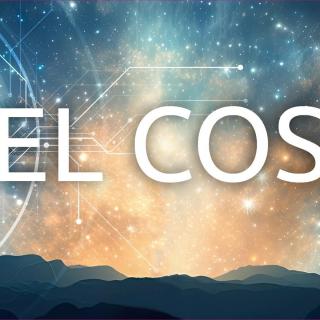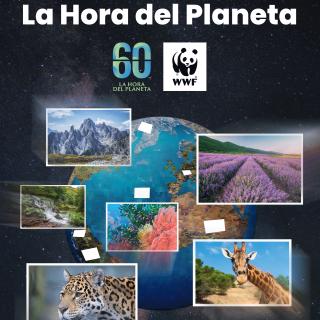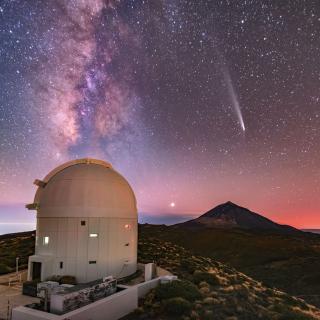Over 60 experts in astronomical publishing and broadcasting will hold an international conference on Communicating Astronomy during the week beginning 25 February, 2002, at the Museo de la Ciencia y el Cosmos in La Laguna, on the island of Tenerife. The conference has been organized by the Instituto de Astrofísica de Canarias (IAC), a foremost astronomical research centre with a well-attested record of outreach activities. The distinguished line-up of speakers will include stronomers, writers, editors and TV producers involved in the communication of astronomy at all levels, from research journals to popular books and TV programmes. The meeting will draw on state-of-the-art technology, including a live video conference with BBC Television, London, to celebrate the world’s longest-running TV programme, presented in the UK every month without interruption since April 1957 by Sir Patrick Moore.
Astronomers, as working scientists, are under ever- increasing pressure to publish the results of their investigations. More is being published today than ever before, and there is little sign of a levelling off in the demand for higher "productivity" (meaing "rate of churning out publications"). Nowadays, two factors militate against the mainenance of quality of presentation in published work¾ in-house economic drives to cut back on costly copy-editing of text in the major publishing houses and what many fear as the inevitable decline in editorial standards with the advent of electronic publication. This meeting addresses both these issues and will look in depth at the whole question of how the productivity of scientists and their institutions is assessed through the controverial technique known as bibliometry¾ an attempt at the quantitative study of citations of published articles that aims to assess the impact of journals in their fields of specialization and gauge the productivity of scientists and their institutions. In all of this, is the quality of the science itself adequately maintained by the so-called process of peer review? This is another area that will receive the meeting’s full attention.
But there is far more to communicating astronomy than just professional publishing. Astronomy has a unique appeal to the public imagination and has a high public profile. Astronomers must therefore always be conscious of the interest that their work generates among the public. Is this interest being properly catered for by publishers of popular books and magazines? Do television and radio do a proper job of presenting astronomy to the public, and are scientists happy with the way in which their work is put across by the media? Are journalists sufficiently well-grounded in science to be able to understand important new advances and explain them to the public? Should there, perhaps, be more science journalists to ensure accurate coverage of astronomy? The speakers on these topics have been briefed to tackle all these questions and to suggest positive ways of getting astronomers and journalists to be each more sympathetic to the other’s problems and to work together in harmony.
While popularization is vital for attracting new generations of young research astronomers, textbooks are also essential at all educational levels to ensure that astronomy is adequately represented in our schools, colleges and universities. The writing and editing of textbooks, together with an examination of their contents and impact, will therefore also receive detailed attention at the meeting.


